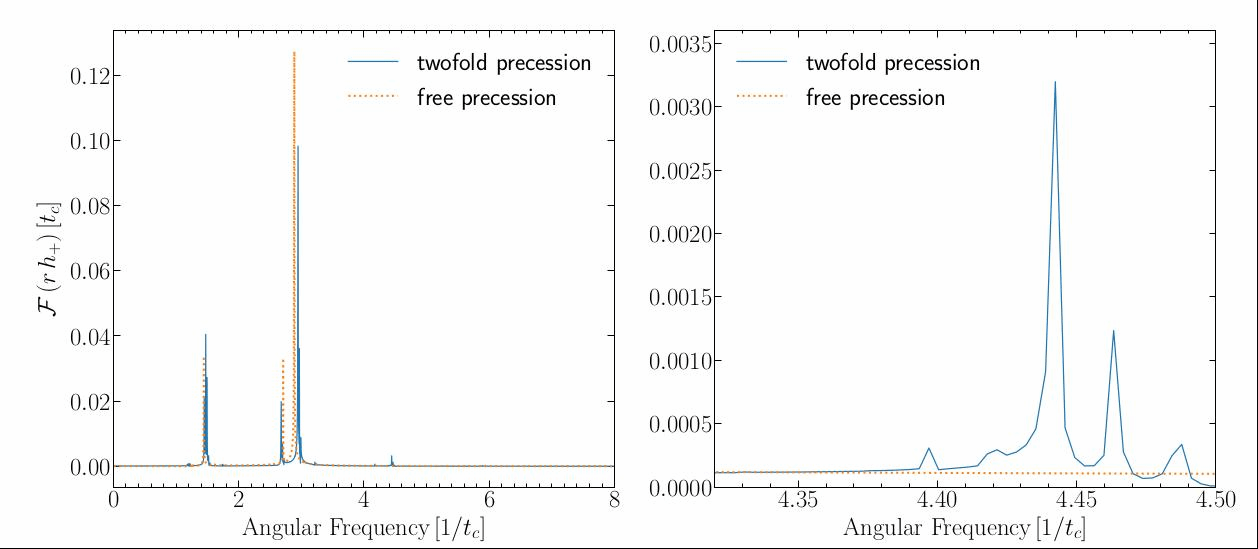Lorentz symmetry is a fundamental property of modern physics. It requires laws of physics to be written as mathematical equations that are independent of the orientation and velocity of any observer who utilizes the laws to make observable predictions. Similar to other symmetries in physics, Lorentz symmetry might be broken under certain circumstances. Searching for such scenarios in experiments and astrophysical observations has not yielded positive evidence for possible breaking of Lorentz symmetry. However, with the rapidly developing gravitational-wave (GW) detectors and the state-of-the-art matched filtering method for GW data analysis, tiny signals for the breaking of Lorentz symmetry, if exists as suggested by candidates of quantum gravity, e.g., string theory and loop quantum gravity, might be revealed in future GW data.
Using a simple gravity model that breaks Lorentz symmetry in the Standard-Model Extension framework, Rui Xu, Yong Gao, and Lijing Shao, from the Kavli Institute for Astronomy and Astrophysics at Peking University, found an imprint that deviates from the prediction of general relativity (GR) in the continuous GWs from freely precessing, rapidly rotating neutron stars. The deviation shows up as a GW component with the frequency being the third harmonic of the free-precessing frequency of the neutron star, contrasting with the dominant quadrupole GWs at the first and the second harmonics predicted in GR. The result provides a guide to search for the breaking of Lorentz symmetry in GW signals when continuous GWs from rotating neutron stars are detected in the future.

Figure 1. Frequency spectra of the continuous GWs from precessing, rotating neutron stars. The “free-precession” result is predicted by GR while the “twofold-precession” result is predicted by the gravity model that breaks Lorentz symmetry. The right graph is a zoom-in view of the tiny peak in the left graph around 4.4.
These results from Prof. Lijing Shao's group were published in the Galaxies journal and selected as the winner of the Galaxies 2022 Best Paper Award. The selection by the Award Evaluation Committee is based on the following criteria: (1) scientific merit and broad impact; (2) relevance to the Topical Collection’s field; (3) originality of research objectives and/or ideas presented; (4) creativity of the study design or uniqueness of approaches and concepts; (5) clarity of presentation.
Galaxies 2022 Best Paper Award Announcement:
https://www.mdpi.com/journal/galaxies/awards/1175
Link to the paper:
Signatures of Lorentz Violation in Continuous Gravitational-Wave Spectra of Ellipsoidal Neutron Stars
(doi:10.3390/galaxies9010012)
https://www.mdpi.com/2075-4434/9/1/12